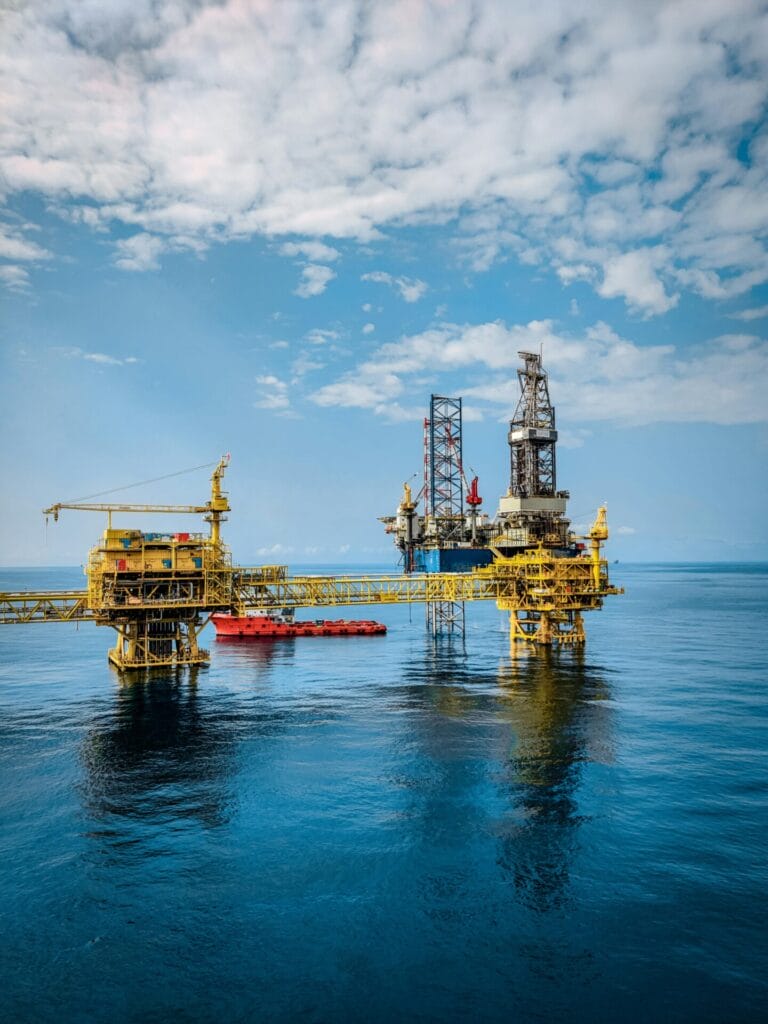Safeguarding Assets at Sea: The Imperative of Corrosion Prevention in Offshore Operations
In the expansive and challenging domain of offshore operations, where equipment is constantly exposed to corrosive marine environments, the battle against corrosion is a perpetual one. As a leader in offshore solutions, Kent Offshore recognises the critical importance of corrosion prevention in maintaining the integrity and longevity of assets at sea. In this article, we explore the significance of corrosion prevention strategies and their pivotal role in safeguarding offshore assets.
Understanding Corrosion in Offshore Environments
Corrosion, the gradual deterioration of materials due to chemical reactions with the environment, poses a significant threat in offshore settings. Factors such as saltwater, humidity, and airborne contaminants accelerate corrosion processes, leading to structural degradation, equipment malfunction, and safety hazards. Left unchecked, corrosion can compromise the reliability of offshore installations and incur substantial maintenance costs.
The Impact of Corrosion on Offshore Assets
- Safety Risks: Corrosion weakens structural components, jeopardising the safety of personnel and operations. Weakened infrastructure increases the likelihood of accidents, posing significant risks to human life and the environment.
- Operational Downtime: Equipment failure resulting from corrosion-induced damage necessitates unscheduled maintenance, leading to costly downtime and production losses. Timely repairs and replacements are imperative to mitigate the impact of corrosion on operational continuity.
- Financial Implications: The economic consequences of corrosion extend beyond repair and replacement costs. Downtime, reduced productivity, and regulatory non-compliance can all contribute to substantial financial losses for offshore operators.
Proactive Corrosion Prevention Strategies
- Protective Coatings: Applying corrosion-resistant coatings to equipment and infrastructure provides a barrier against corrosive elements. Epoxy coatings, polyurethanes, and zinc-rich primers are commonly utilized to safeguard offshore assets from corrosion.
- Cathodic Protection: Implementing cathodic protection systems helps mitigate corrosion by directing the flow of electrical currents to sacrificial anodes, thereby preventing corrosion on the protected structure. Galvanic and impressed current cathodic protection systems are widely employed in offshore applications.
- Material Selection: Utilising corrosion-resistant materials such as stainless steel, duplex alloys, and high-performance polymers in equipment fabrication enhances resistance to corrosion in marine environments. Selecting materials with inherent corrosion resistance reduces the need for extensive protective measures and prolongs asset lifespan.
- Routine Maintenance: Regular inspection, cleaning, and maintenance protocols are essential for identifying and addressing corrosion issues promptly. Implementing proactive maintenance strategies minimises the likelihood of corrosion-related failures and ensures the continued reliability of offshore assets.


The Kent Offshore Approach to Corrosion Prevention
At Kent Offshore, we prioritise proactive corrosion prevention as a cornerstone of our commitment to operational excellence and asset integrity. Through rigorous adherence to industry best practices, innovative technologies, and collaborative partnerships, we strive to deliver comprehensive corrosion management solutions tailored to the unique needs of offshore projects.
In the dynamic and challenging environment of offshore operations, the battle against corrosion is an ongoing endeavor. By adopting proactive corrosion prevention strategies, offshore operators can mitigate safety risks, minimise downtime, and protect valuable assets from the ravages of corrosion. As a trusted partner in offshore solutions, Kent Offshore remains steadfast in our dedication to ensuring the reliability, safety, and longevity of offshore assets through effective corrosion prevention measures. Together, we can navigate the seas of uncertainty and safeguard the future of offshore operations.

